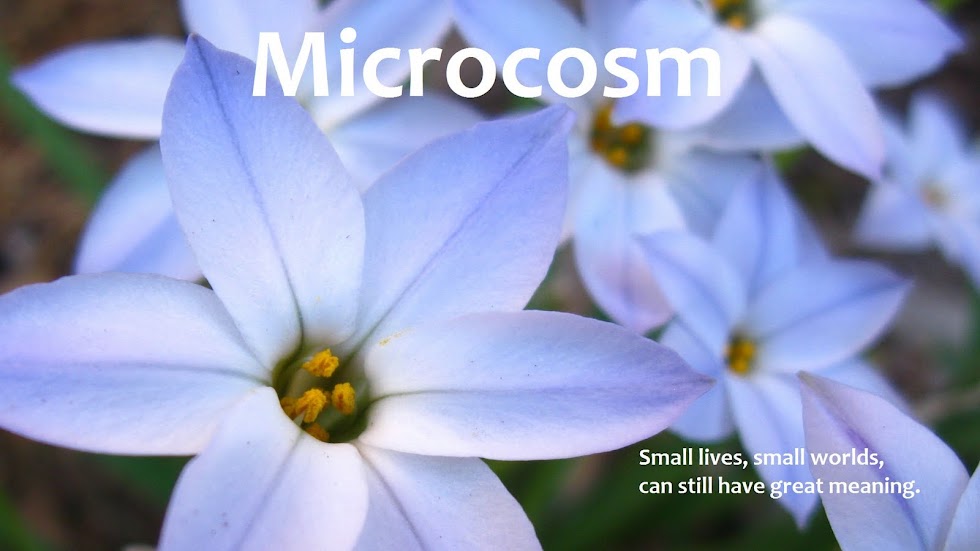 |
| California poppies with 'Wisley Primrose' sun roses (Helianthemum nummularium) |
My favorite forecast (in a twisted sort of way) when I lived in the northeast was for "brightening." Not clearing, mind you. Brightening. On brightening days, the skies would stop being dark and dreary and turn plain old dreary, a change of degree rather than kind. The light might not have been become strong, but at least it became stronger. Sometimes you're grateful for small graces, like the sight of what might be considered shadows by those who have become inured to shade.
I've never heard a forecaster in New Mexico call for brightening, but I still think the term applies. It's such a handy, relative word, a qualitative rather than a quantitative one. It allows for growth and for nuances of strength. With the tulip days of spring behind us and the poppy days upon us, the sky hasn't gotten sunnier, precisely, but it's certainly brightened. The light is ratcheting up a notch, strengthening from a glow to a blaze. When the sun is overhead at noon, north of the trees in the garden now, and high, it's...well, it's bright. The garden is brightening, too. The pastels I love in the gentler days of spring are yielding to stronger, more saturated colors—colors that can hold their own in the sunlight and pitch it right back.
 |
| The petunias aren't really this color, but they are definitely bright. |
When a bubble of hot-air balloons floated by the other day, my heart flew right along with them. The sky was such a deep blue, and the balloons' envelopes so brightly colored, that somehow on a spring morning with a glorious day stretched out ahead I felt for a moment like I was 18 again. Maybe you know the feeling I mean, of being young and strong and confident, like you have the world at your feet—for no particular reason, of course, except that you're young and confident, which at the time seems like plenty of reason and to spare. You're beginning to flex your muscles and stretch yourself, to test your strength. You're ready to ratchet life up a notch. The brightest of adventures awaits, because...why wouldn't it?
 |
| Out the kitchen door |
But of course, you can't take on the world singlehandedly; even good choices have flip sides of loss; life doesn't wait until you're looking before it starts throwing curveballs at you. At some point you realize that the chance to soar isn't necessarily your special birthright. Still, the feeling was gorgeous at the time. It's a springtime feeling, and one we have the pleasure of reliving every year, as the sun begins to flex its muscles and stretch itself, and the garden begins its first, surging flush of growth. The remembrance is a small grace, a brightening, a feeling of what might be considered flying, to those inured to going on foot.
A relative term, brightening. It means something different in middle-age than it did at 18.
Then again, so does strength.















